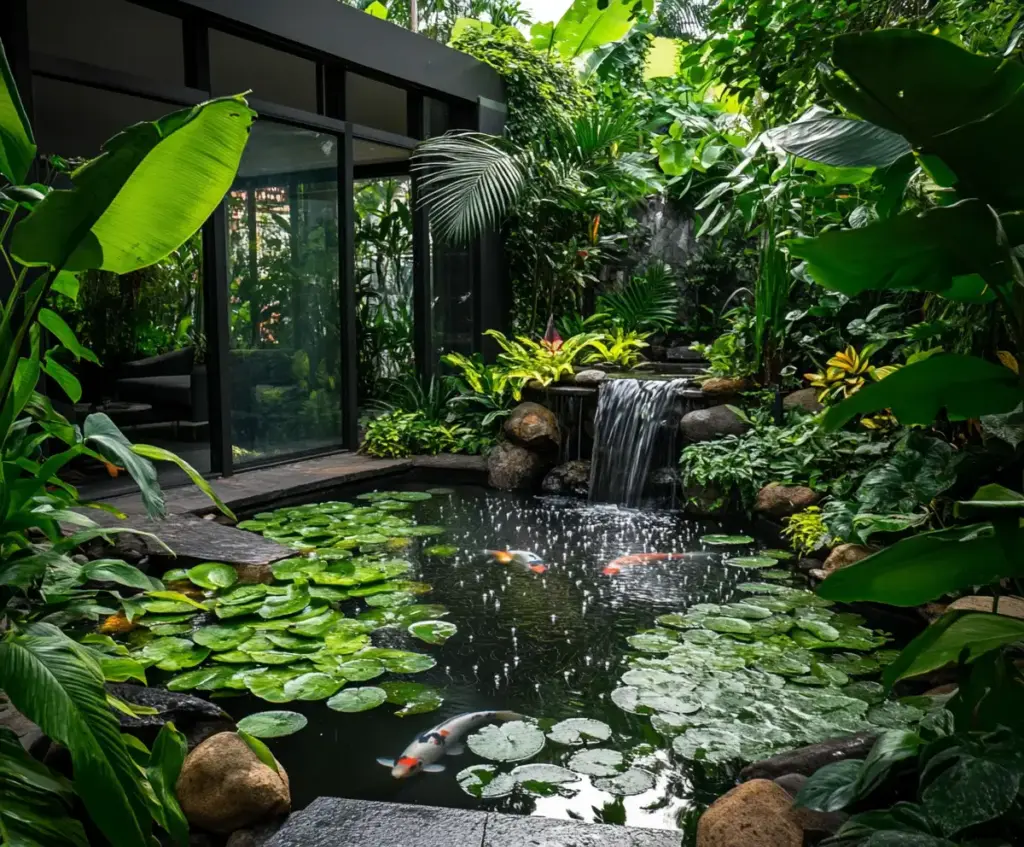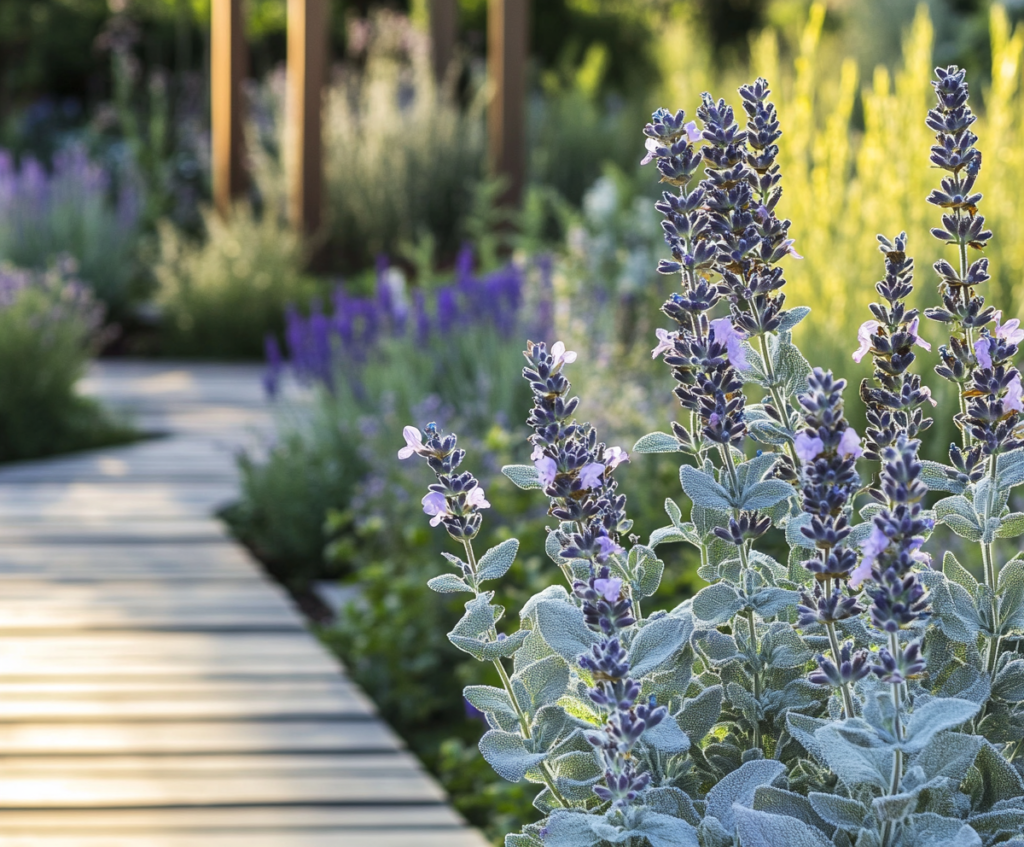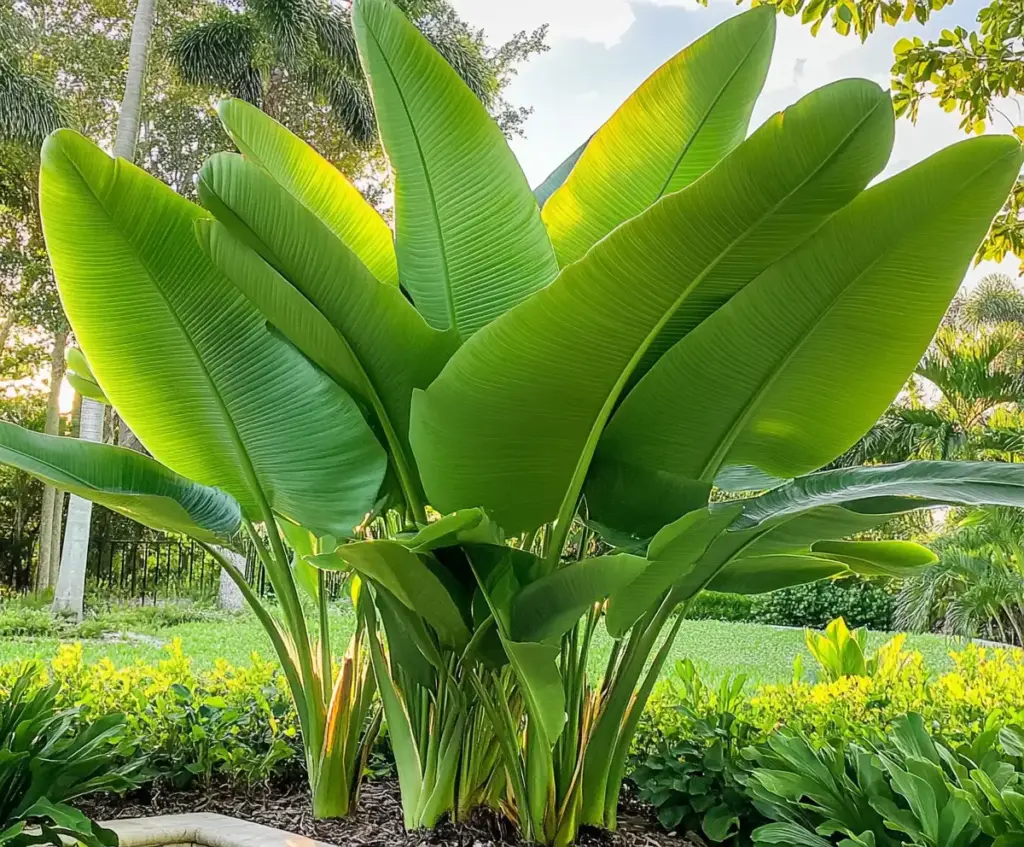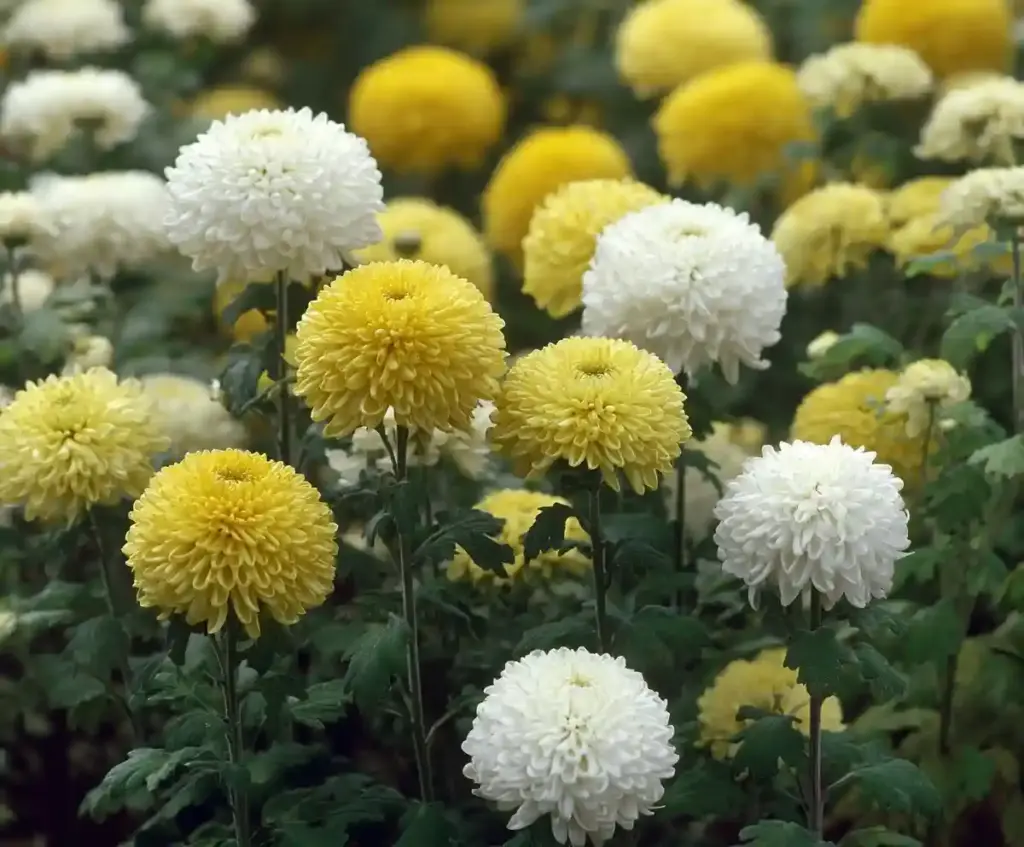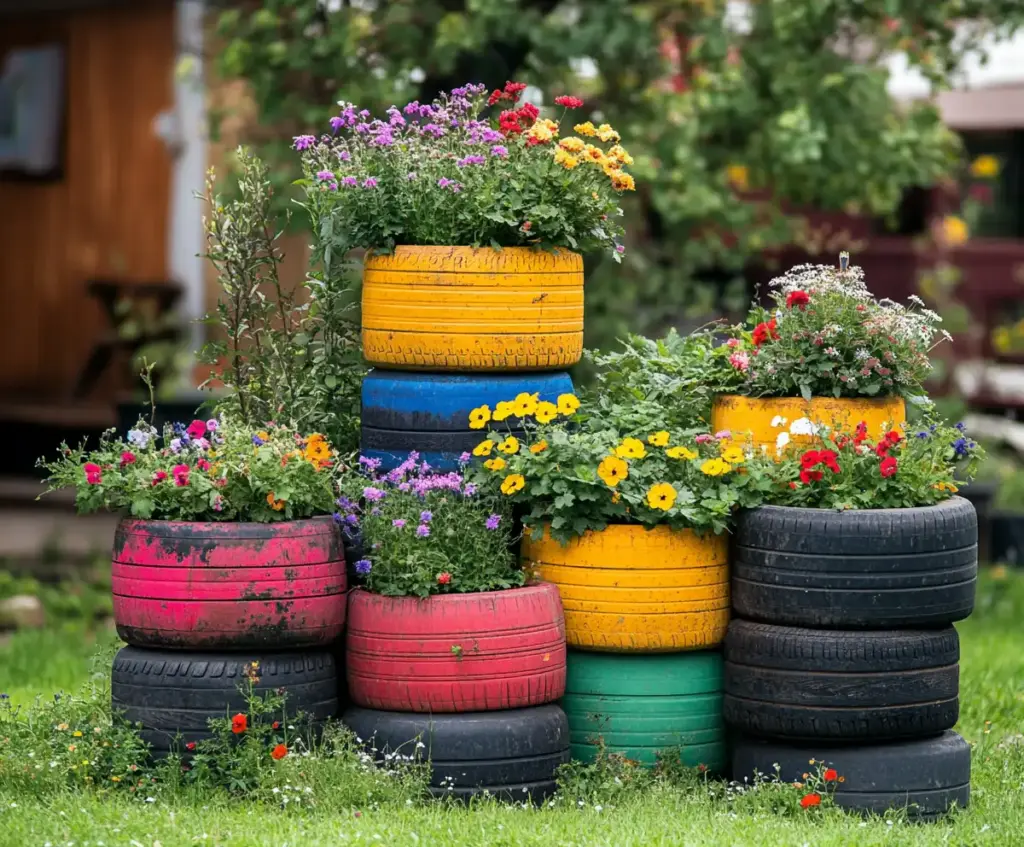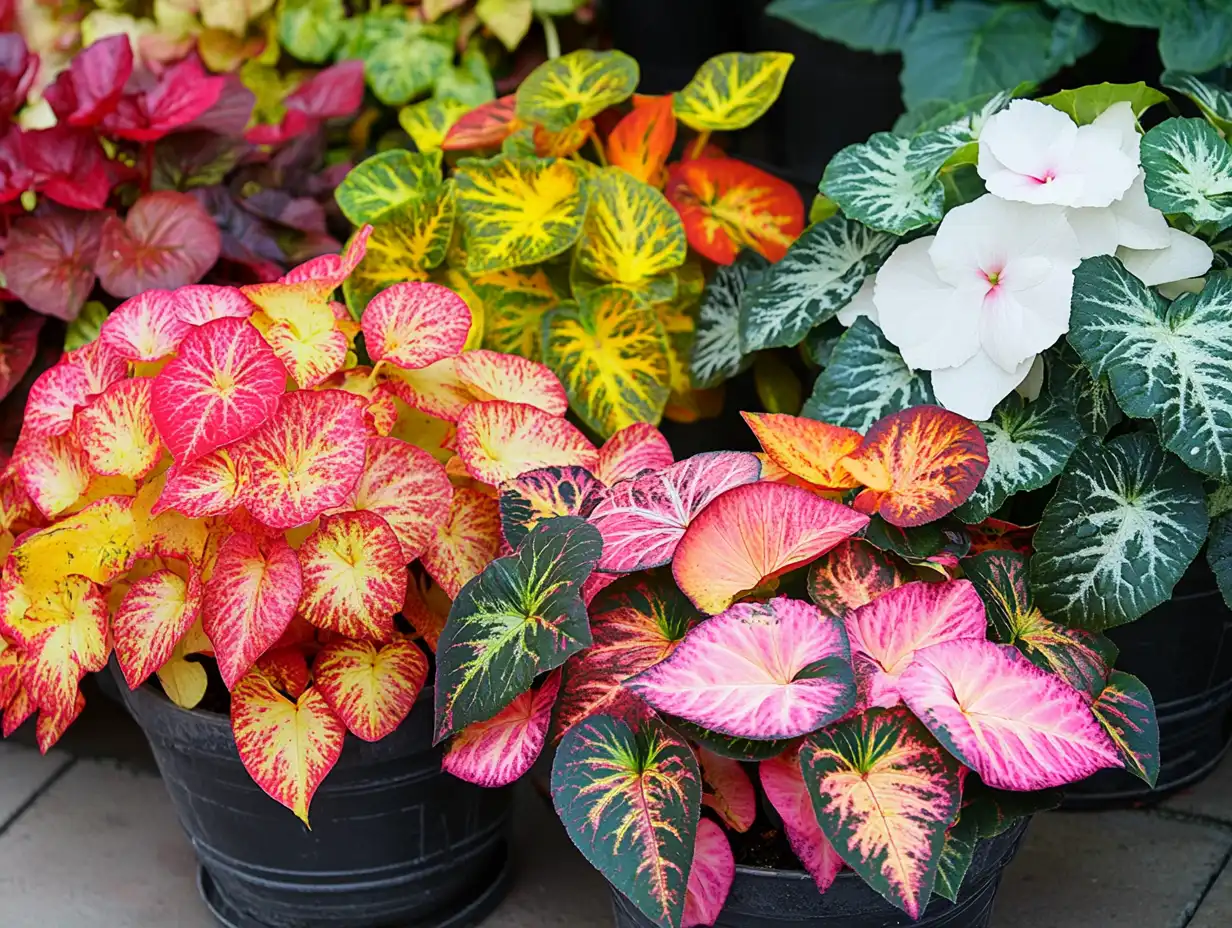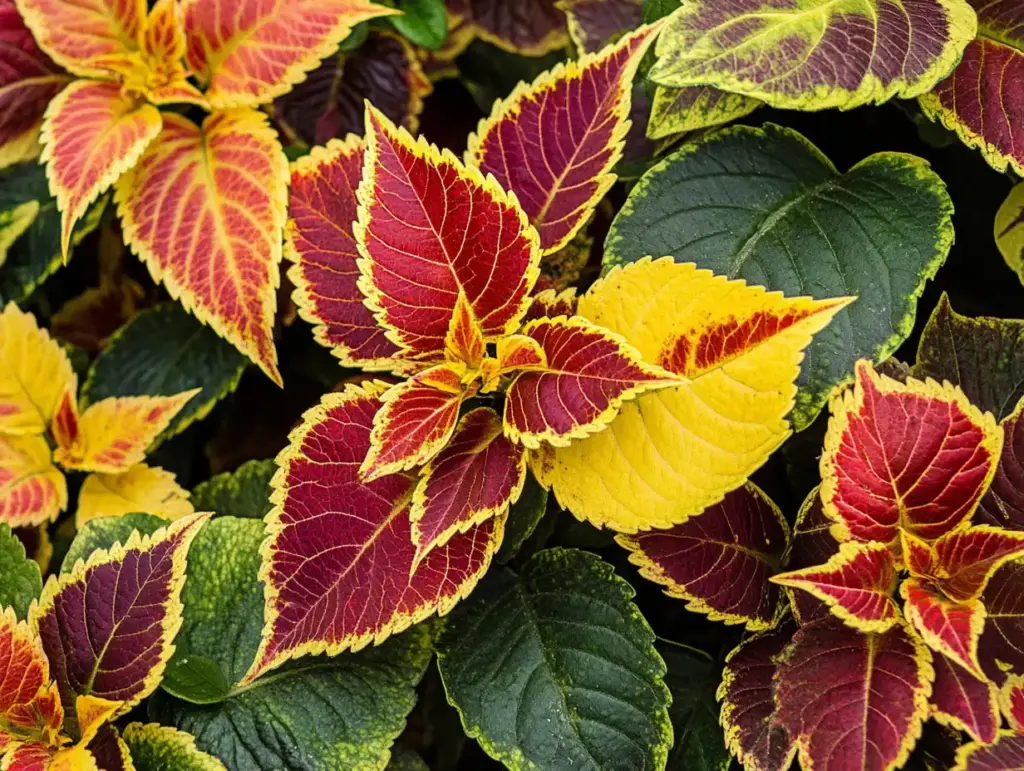Coleus in a container is one of the easiest and most eye-catching ways to add vivid color to your garden, patio, or even a shady indoor nook. Known for its striking, variegated foliage—featuring hues like burgundy, lime green, magenta, and yellow—coleus is a showstopper in any setting. It’s an ideal choice for container gardening because it thrives in partial shade, requires minimal care, and adapts well to limited root space, making it perfect for both beginners and seasoned plant lovers.
But here’s where things get even more exciting: growing coleus alongside the right companion plants can boost both beauty and function. This approach—called companion planting—not only elevates visual appeal but also improves your container’s overall health and balance. Whether you’re looking to reduce pests naturally, enhance contrast with cascading plants, or add seasonal interest with flowers, picking the right plant partners makes all the difference.
In this guide, we’ll explore why coleus is such a versatile favorite, how to successfully pair it with other species, and which specific plants shine brightest in container combinations. Plus, you’ll find practical tips to avoid common planting mistakes—ensuring your container garden stays lush and thriving from spring through fall. You might also enjoy our easy perennial flower ideas for full sun if you’re designing beyond the shade.
Table of Contents
🌿 Benefits of Growing Coleus in a Container
Choosing coleus in a container isn’t just a stylistic win—it’s a practical one too. This plant offers a stunning balance of beauty and adaptability, making it a staple for beginner and seasoned gardeners alike. Whether tucked into a shaded patio nook or brightening up your entryway, coleus delivers both form and function.
Here are the standout benefits of growing coleus in a container:
🎨 1. Colorful Foliage That Pops
The most celebrated trait of coleus is its bold, multicolored foliage. Leaves can come in variegated patterns of deep purples, fiery reds, electric greens, and golden yellows—sometimes all on a single plant. This makes coleus a perfect anchor plant in container arrangements, adding instant drama and contrast.
🌤 2. Shade-Loving and Low-Maintenance
One of the reasons coleus thrives in containers is its preference for partial to full shade. This opens up placement opportunities where sun-hungry plants might falter. With moist, well-draining soil and consistent watering, coleus practically grows itself.
🔄 3. Highly Versatile in Design
Whether you’re aiming for a compact tabletop display or a lush, cascading planter, coleus in a container adapts beautifully. It works well with trailing vines, upright flowers, and ground-hugging greenery—giving you endless design flexibility.
☀️ 4. Tolerant of Heat and Humidity
Coleus doesn’t just survive in warm climates—it thrives. Many varieties are heat-tolerant, making them a go-to for summer containers. As long as they’re shielded from intense afternoon sun, they’ll keep producing vibrant foliage all season.
🌬 5. May Improve Indoor Air Quality
Though research is still ongoing, some gardeners believe coleus may contribute to cleaner indoor air. While it’s not a substitute for a good ventilation system, any air-purifying boost is a bonus—especially in indoor container arrangements.
🐾 Important Note: While stunning, coleus is toxic to pets and humans if ingested. Always place containers out of reach of curious animals and children.
🌼 Benefits of Companion Planting with Coleus in a Container
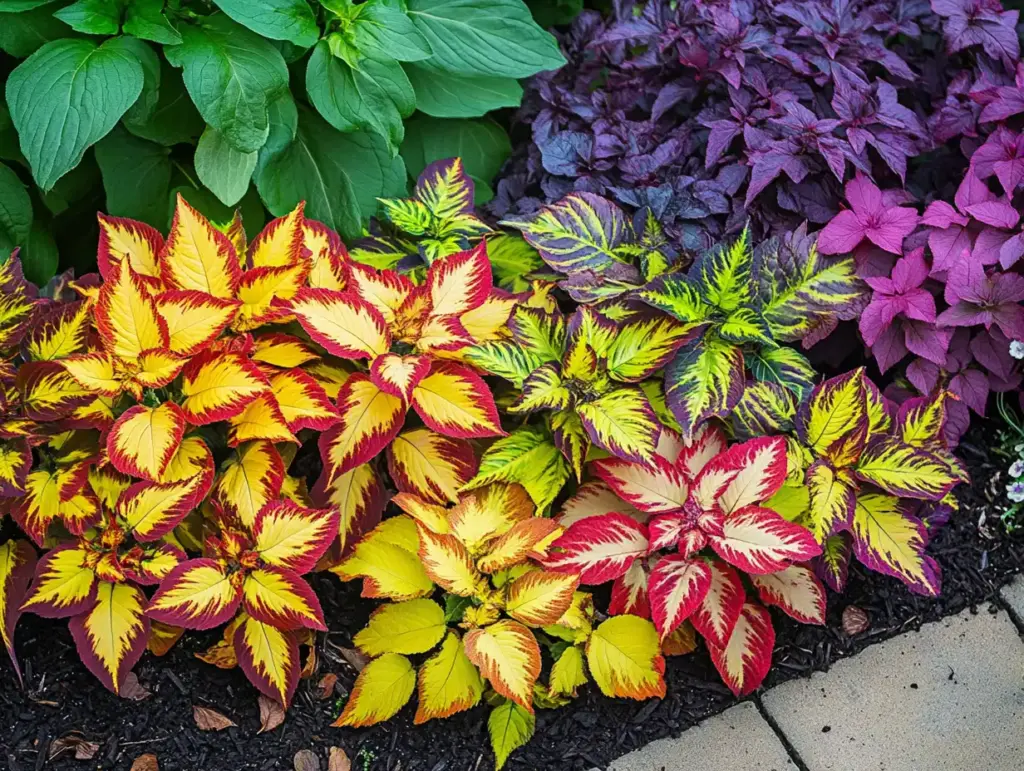
When you grow coleus in a container, you’re already setting the stage for a vibrant, compact garden. But pairing it with the right companions can take your arrangement to the next level—not just in beauty, but in health, balance, and sustainability.
Here’s why companion planting matters so much, especially in the confined space of a container:
🐛 1. Natural Pest Control
Certain plants emit scents or chemicals that repel common pests like aphids and whiteflies. Others attract beneficial insects like ladybugs or predatory wasps that help control infestations naturally. By choosing the right partners for coleus in a container, you create a mini ecosystem that defends itself—no chemicals required.
🌱 2. Improved Soil Health
Some companion plants, especially legumes, help “fix” nitrogen in the soil, making it more nutrient-rich for neighboring plants. Others enhance moisture retention or reduce soil compaction—important perks when you’re working with limited container space.
🌼 3. Boosted Growth and Aesthetic Balance
Smart companion choices can provide natural shade, reduce wind stress, or even act as living mulch. This creates a more favorable microclimate inside your container, which helps all the plants grow stronger together. On top of that, combining upright, trailing, and filler plants adds layers of visual interest.
🧪 4. Fewer Chemical Inputs
When pest pressure drops and soil health improves, you’ll find yourself reaching less for synthetic fertilizers or pesticides. That means a cleaner, safer garden for you and the environment.
🌿 5. Greater Biodiversity
A container garden with just one plant is fine—but a miniature jungle of diverse species? That’s powerful. Biodiversity encourages pollinators, balances moisture use, and creates visual harmony. Plus, it reflects nature’s own design, which is always diverse and interdependent.
🌟 Whether you’re decorating a balcony, sprucing up a porch, or greening up an indoor corner, combining coleus in a container with complementary plants creates a lush, resilient garden ecosystem in a surprisingly small footprint.
🪴 Top Companion Plants for Coleus in Containers
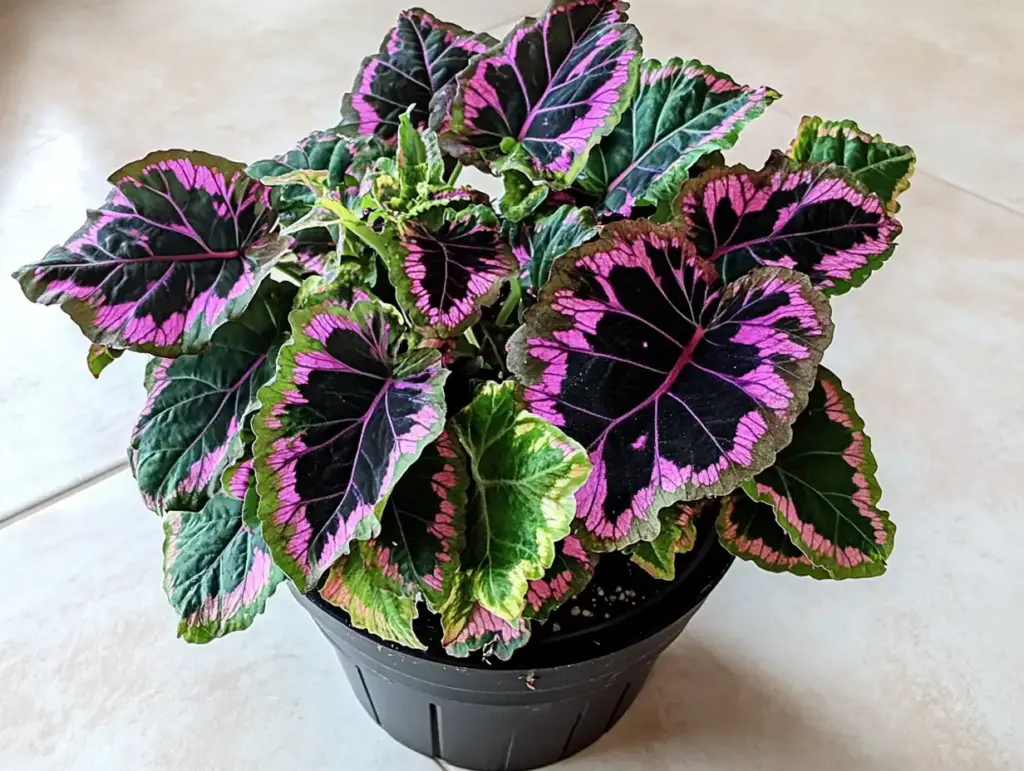
Pairing coleus in a container with the right companions is like curating a living art piece—balancing color, texture, and growth habits to create harmony. The best companion plants not only enhance coleus’s dazzling foliage but also thrive under the same growing conditions: partial shade, moist soil, and moderate temperatures.
Here are five top-performing plants that complement coleus beautifully in containers:
🌸 1. Impatiens
- Why They Work Together: Both impatiens and coleus love shady environments and consistent moisture, making them natural allies.
- Visual Impact: With their soft, colorful blooms, impatiens contrast nicely against coleus’s bold, leafy patterns.
- Design Tip: Choose impatiens in complementary or analogous colors for a soft, coordinated look.
🌼 2. Calibrachoa (Million Bells)
- Why They Work Together: These low-growing, trailing plants enjoy similar light and soil needs.
- Visual Impact: Their bright, miniature trumpet-shaped flowers create a splash of color beneath coleus’s upright foliage.
- Design Tip: Let calibrachoa spill over the sides of your container for a cascading effect that softens the edges.
🌺 3. Begonias
- Why They Work Together: Like coleus, begonias prefer dappled light and rich, well-drained soil.
- Visual Impact: Their waxy leaves and colorful blooms add diversity in both texture and hue.
- Design Tip: Try mixing upright begonias with trailing varieties to add dimension to your container layout.
🍠 4. Sweet Potato Vine
- Why They Work Together: This fast-growing vine provides trailing foliage that contrasts beautifully with the upright growth of coleus.
- Visual Impact: Choose chartreuse or deep purple varieties to either highlight or contrast coleus’s leaf colors.
- Design Tip: Use it at the container’s edges to create a tropical, lush effect.
🌿 5. Ferns
- Why They Work Together: Ferns love shade and moisture, just like coleus.
- Visual Impact: Their fine, feathery foliage adds soft texture and fills empty spaces around coleus.
- Design Tip: Boston and maidenhair ferns are especially good choices for containers.
🧑🌾 Pro Tip: When arranging your container, think in layers—tall coleus as the “thriller,” trailing vines as the “spiller,” and compact flowering plants or ferns as the “filler.”
⚠️ Cautions When Choosing Companion Plants for Coleus in a Container
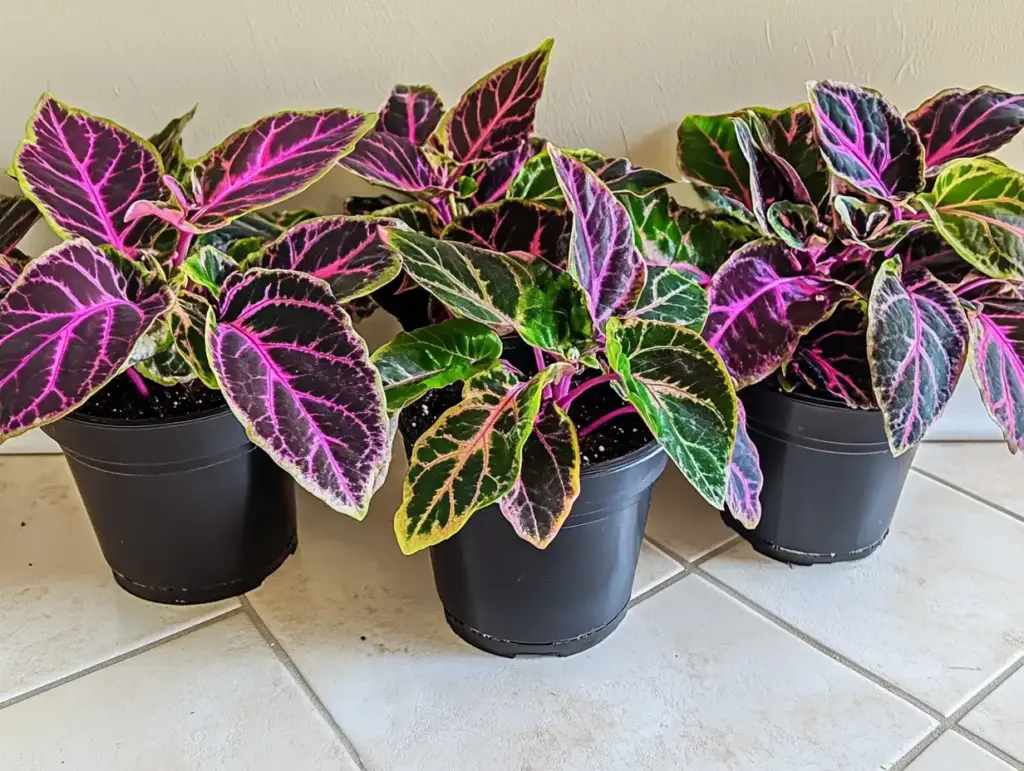
While companion planting can elevate your container garden, it’s important to plan thoughtfully. Not every plant plays well with others—especially in the confined environment of a pot. When pairing with coleus in a container, overlooking key factors like growth habits or watering needs can lead to overcrowding, stunted growth, or even plant failure.
Here’s what to keep in mind before mixing your coleus with companions:
💡 1. Match Light and Water Requirements
Coleus thrives in partial to full shade and needs consistent moisture. Choose companions with similar needs; sun-loving or drought-tolerant plants will struggle and potentially drag down the whole arrangement.
🌱 2. Avoid Overcrowding
Plants in containers compete for limited soil, water, and nutrients. Be sure to space them properly so their roots don’t clash, and their foliage has room to breathe. Overcrowding increases the risk of disease and poor air circulation.
🌾 3. Watch for Aggressive Growers
Some plants—like mint or certain vines—can quickly overtake a container, choking out more delicate species like coleus. Choose well-behaved companions or commit to regular pruning to keep vigorous growers in check.
🧪 4. Beware of Allelopathy
Some plants release chemicals into the soil that inhibit the growth of nearby species. While this is more common in garden beds than containers, it’s worth researching any unfamiliar companion to ensure it won’t harm your coleus.
🍂 5. Sync Seasonal Growth Cycles
Pair coleus with plants that grow and peak around the same time. For example, mixing a summer-blooming begonia with a spring-only bulb could leave your container looking bare halfway through the season.
🧴 6. Pesticide Compatibility
Be cautious when treating one plant with pesticides or fungicides—what works for one could damage another. Opt for organic or plant-safe solutions, and test in small amounts when treating mixed containers.
📏 Quick Tip: Always read the plant tags or care instructions before combining species. A little research upfront goes a long way in keeping your coleus in a container healthy and stunning all season.
❓ Frequently Asked Questions (FAQ)
1. Can coleus grow well in containers?
Yes, coleus in a container is a popular choice due to its adaptability, colorful foliage, and ease of care. It thrives in partial shade and only requires regular watering and well-drained soil to flourish.
2. What are the best companion plants for coleus in a container?
Ideal companions include:
- Impatiens – for similar light/moisture needs and vibrant colors
- Calibrachoa – for trailing contrast and flower variety
- Begonias – for their ornamental leaves and blooms
- Sweet Potato Vine – for texture and trailing growth
- Ferns – for fine foliage and shared shade preference
3. Can coleus and petunias be planted together in containers?
It depends. Petunias prefer more sun than coleus does. If you have a spot with filtered sunlight or part sun/part shade, they might coexist, but generally, coleus pairs better with other shade-loving plants.
4. How often should I water coleus in a container?
Water coleus when the top inch of soil feels dry. In containers, they may need watering every 1–2 days in warm weather, especially if they’re in hanging baskets or shallow pots.
5. Does coleus come back every year?
Coleus is typically grown as an annual in cooler climates, but it’s a tender perennial in USDA zones 10–11. You can overwinter it indoors or propagate cuttings for the next season.
6. Is coleus toxic to pets?
Yes, coleus is toxic to cats, dogs, and humans if ingested. Symptoms can include vomiting, diarrhea, and skin irritation. Keep containers out of reach of pets and children.
7. Can I grow coleus indoors in a container?
Absolutely! Coleus does well indoors as long as it gets bright, indirect light and stays in a warm, humid environment. Be cautious of overwatering, and pinch stems to encourage bushy growth.
author:✅ Conclusion
Creating a vibrant and healthy coleus in a container garden goes beyond simply choosing pretty plants—it’s about designing a thriving mini ecosystem where each component supports the others. Coleus brings bold color and rich texture, but with the right companions, you can add layers of visual intrigue, natural pest resistance, and even improved plant performance. For more tips on balancing form and function, see our guide to low-maintenance outdoor potted plants.
From the cheerful blooms of impatiens to the cascading charm of sweet potato vine and other trailing plants, the best companions are those that enjoy the same shady, moist, and fertile conditions as coleus. Be mindful not to overcrowd your container—give each plant room to breathe, and consider using tips from our container planting ideas for hostas if you’re looking for lush, structured foliage.
With thoughtful planning, your container garden won’t just survive—it’ll flourish, offering a low-maintenance, high-impact display from spring through fall. And if you’re looking for more ways to extend seasonal interest, check out our long-blooming perennials for colorful summer gardens.
🌿 Love gardening inspiration? Follow me on Pinterest for bold plant ideas, tips, and seasonal color!
More Posts
